Special Note:
In my last post I noted that Ecuador had won a Gold Medal at the Tokyo Olympic Games, breaking a long dry spell. Since that post Ecuador has won its third Gold Medal and a Silver Medal in women's weightlifting. Go Ecuador!
Ecuador – Part 8: Cuenca
Chapter 4: Historic Buildings
“The Historic Centre of Santa Ana de los Rios de Cuenca is a remarkable example of a planned inland Spanish town (entroterra) that bears witness to the interest given to the principles of Renaissance urban planning in the Americas. Founded in 1577 according to the guidelines issued thirty years earlier by the King of Spain, Charles V, it has preserved over four centuries its original orthogonal plan.” – UNESCO
The historic center of Cuenca became a UNESCO World Heritage site in 1999. Most buildings in the city-center date from the colonial period into the 1800s and there is an abundance of Spanish and French architecture. Most cities in Central and South America have a very small elite and wealthy class and a very large low income class. In Cuenca, however, there is a large middle-class. Most poverty is outside of the city in the surrounding rural areas. The city has a more even distribution of wealth than is typical. At street level it is hard to know what is behind doorways. Buildings constructed since colonial times have adobe walls that might be as thick as five feet. Del Parque, pictured below, is now a hotel (hostel) with an excellent coffee shop at ground level. Sights along the streets of El Centro are populated with beautifully maintained windows and balconies that are visual feasts as one takes a leisurely walk.
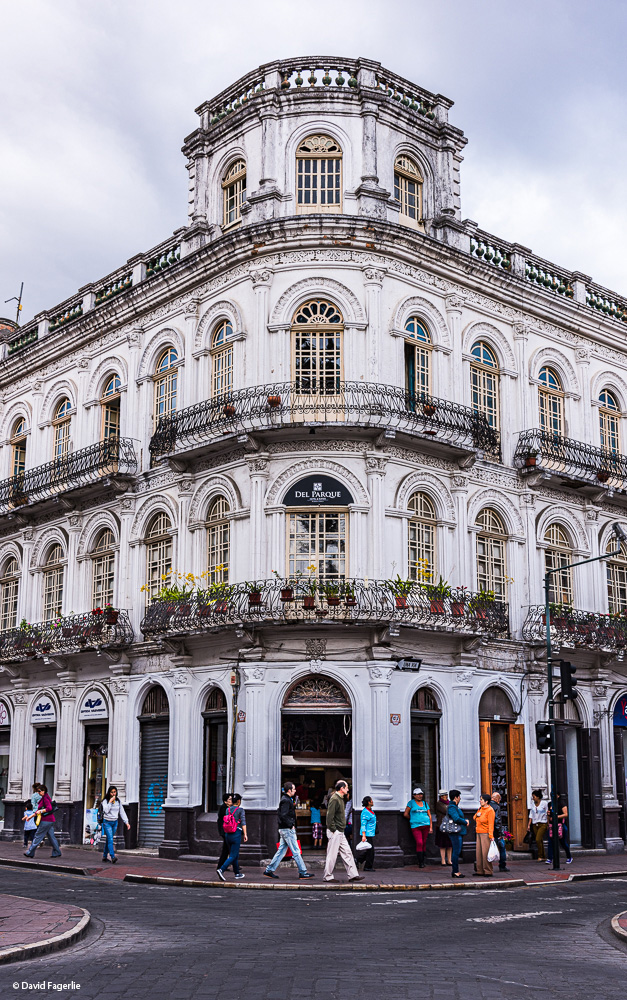
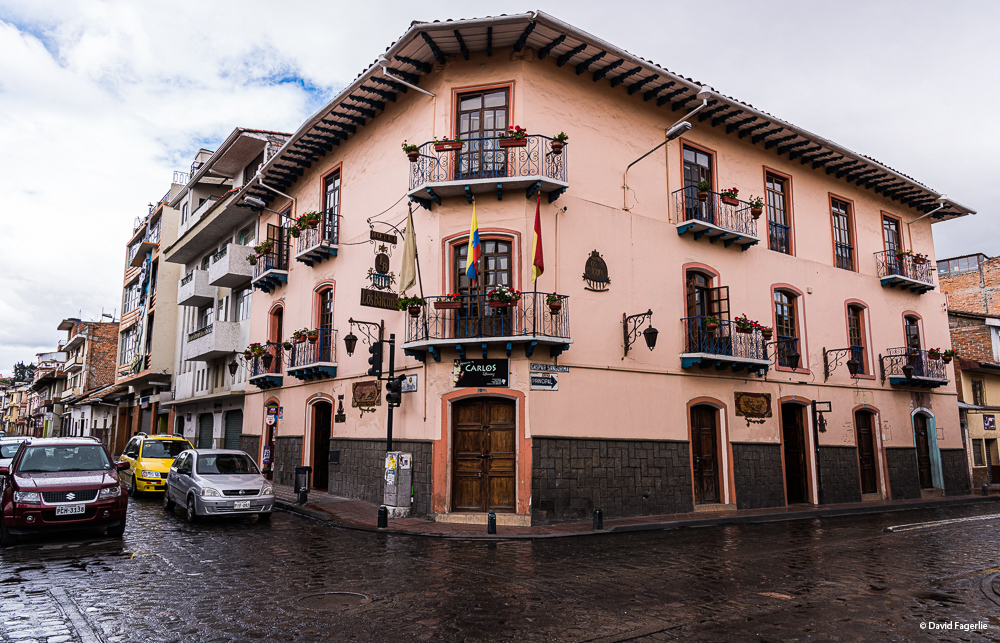
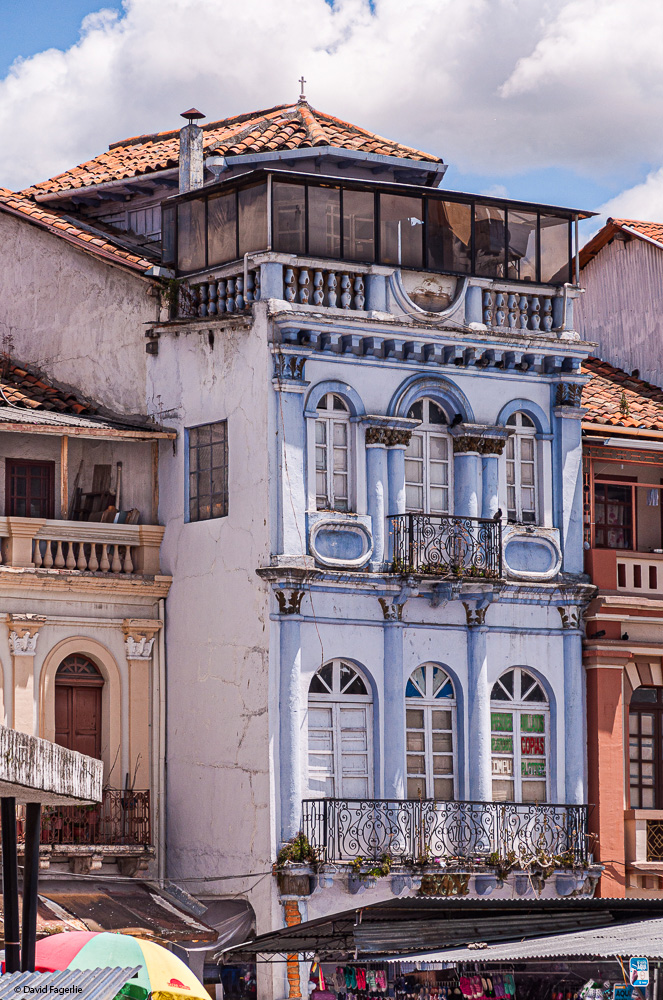
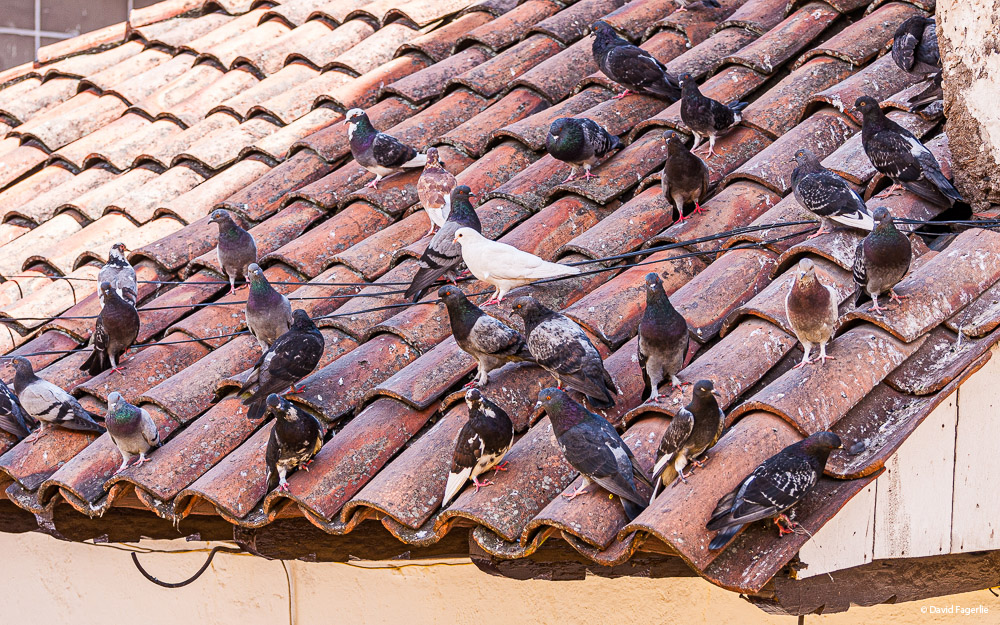

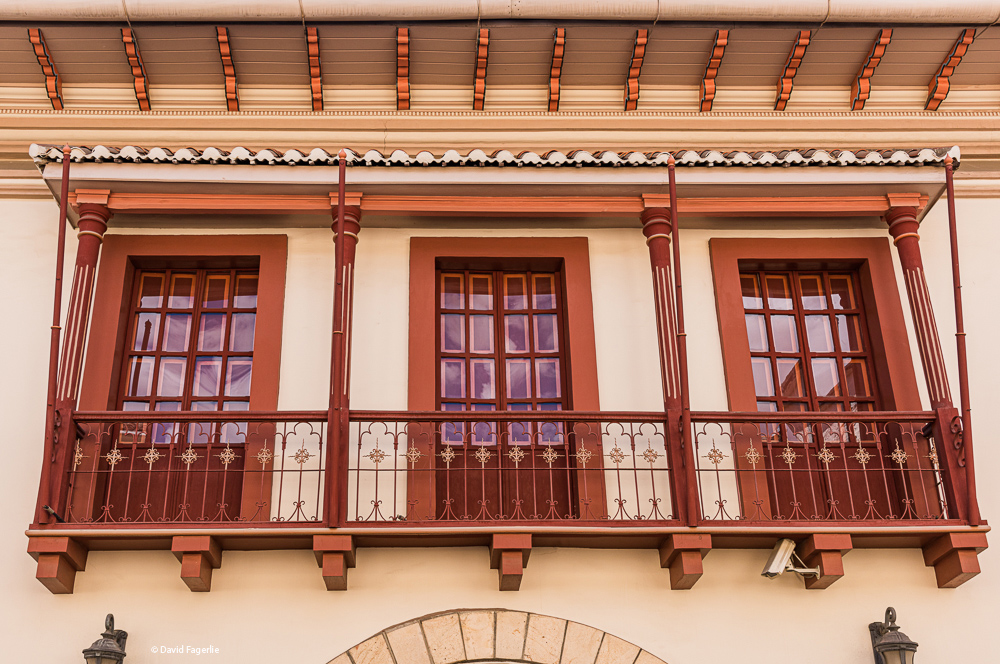
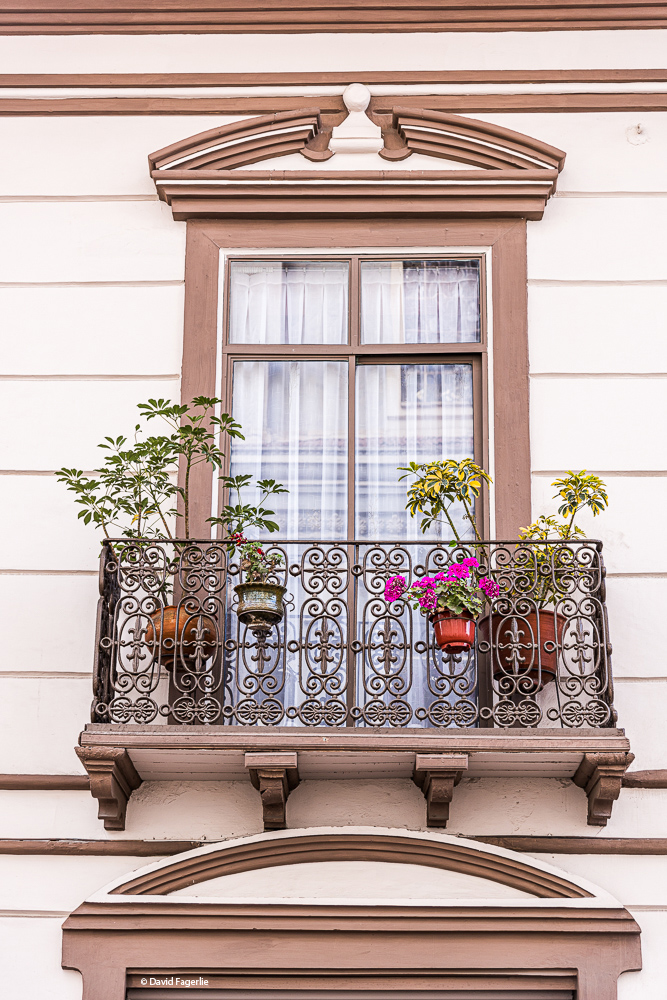
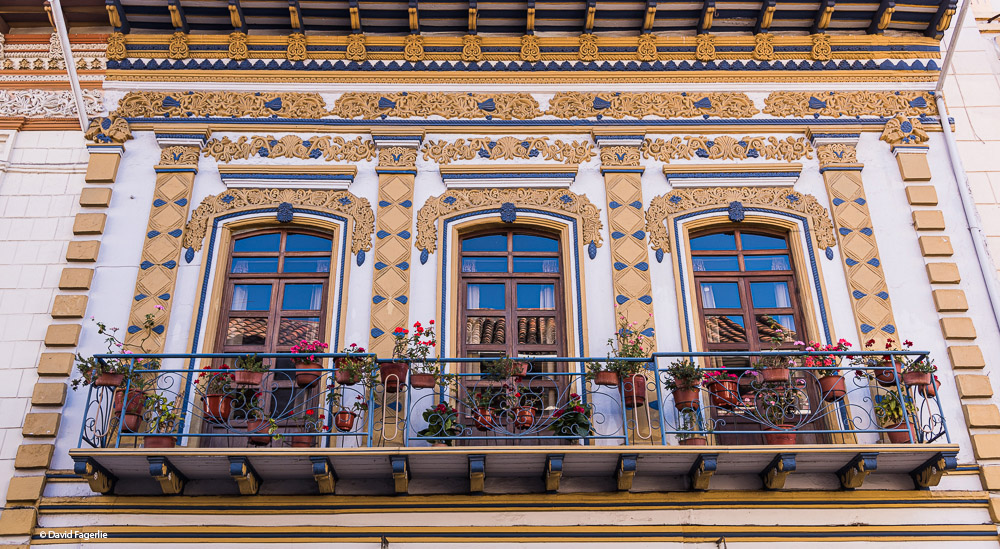
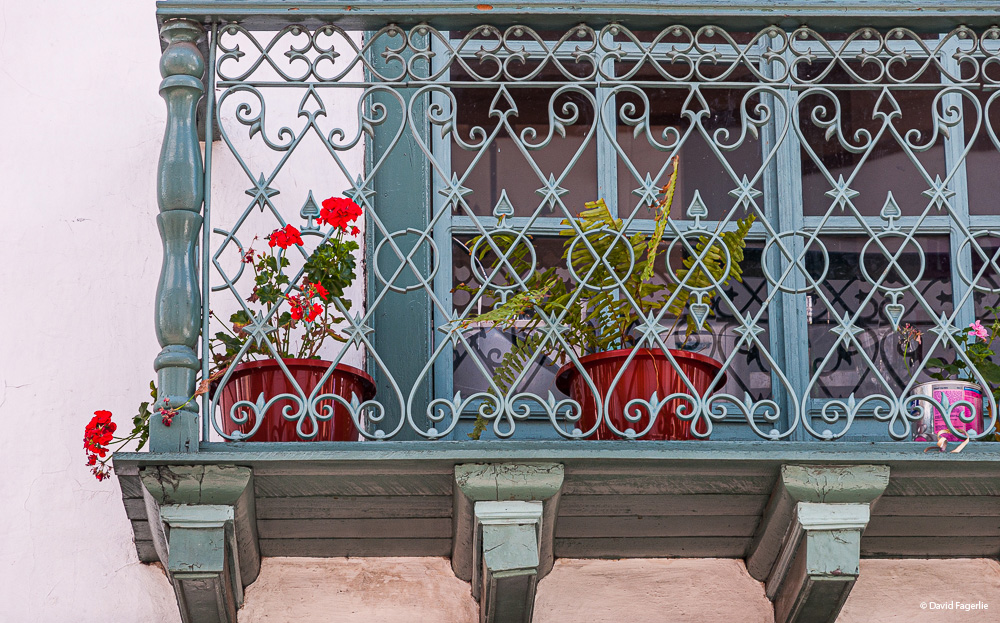
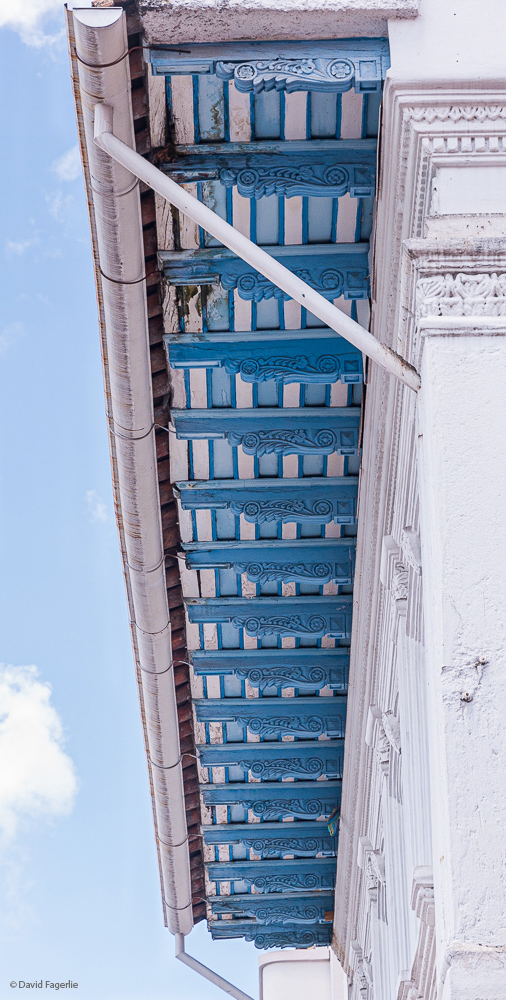
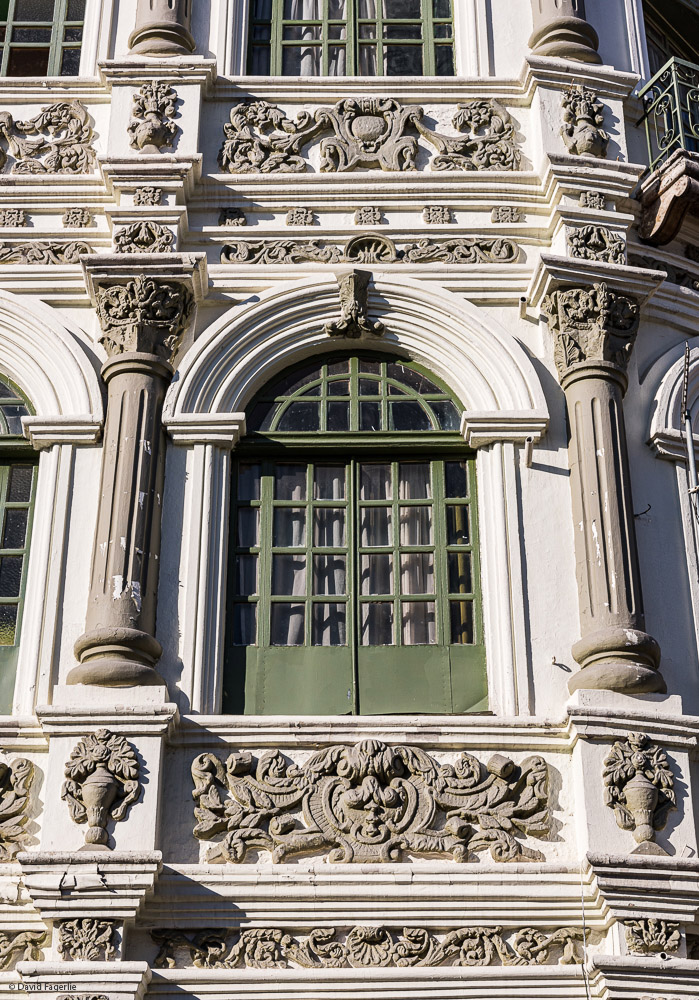
The building pictured below is now a military hospital. This is where people go to get flu shots, which are free to residents as well as citizens.
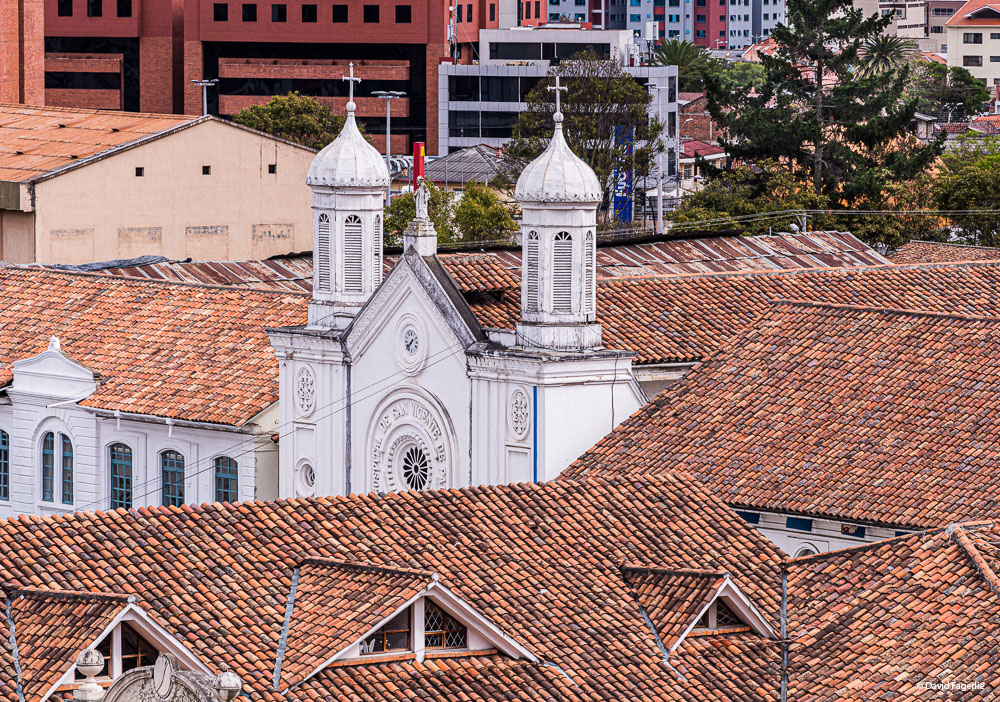
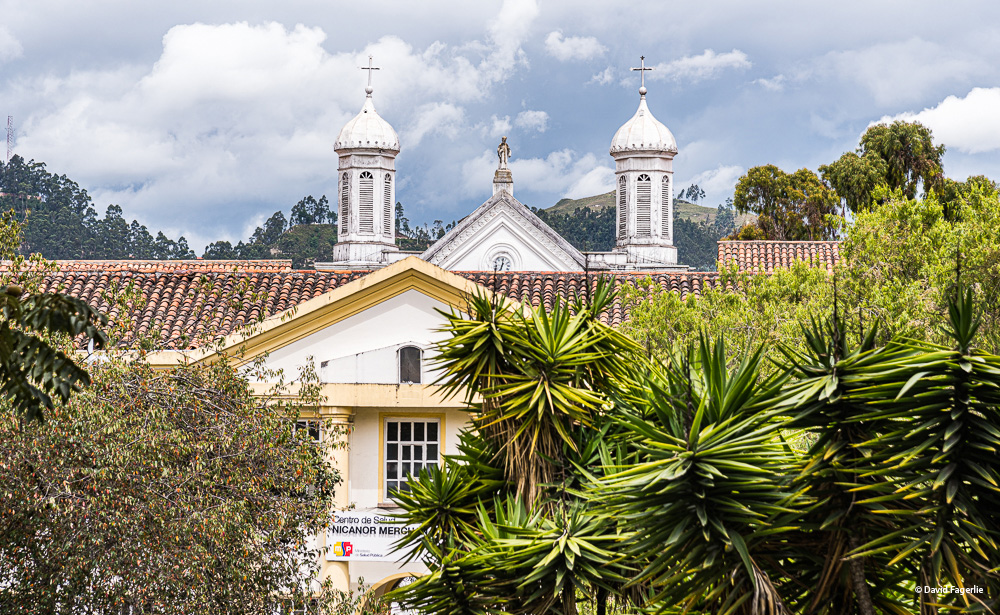
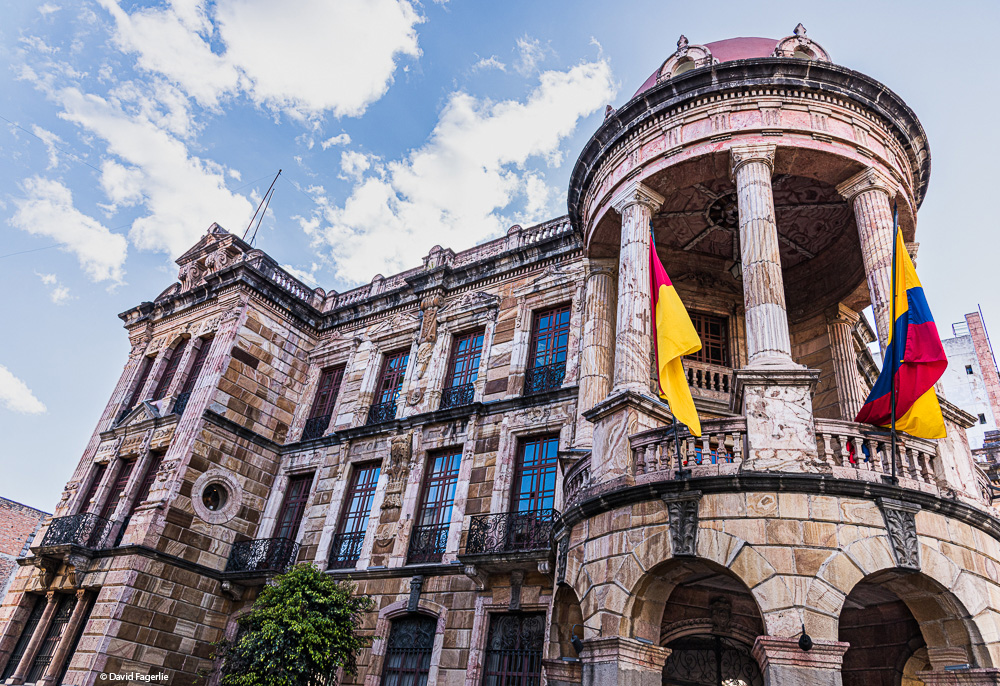
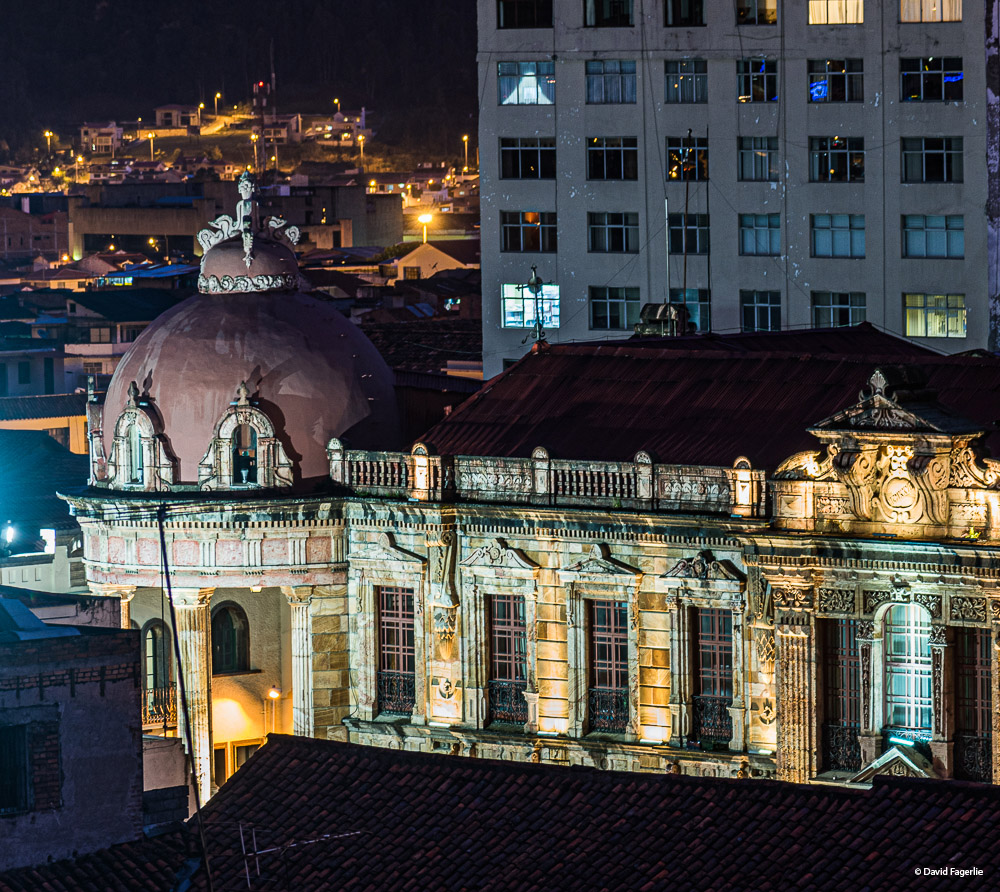

The magnitude of the intrigue and beauty of historic building will escape you if you are only viewing them from the street. The fullness of buildings can’t be understood until you walk through the entrance and then past four or five feet of adobe. Often there are courtyards on the inside with entrances to many surrounding rooms. There may be fountains or artwork. The most spectacular of these buildings are homes of wealthy families. It is common for extended families to live together in Ecuador and the wealthy could do so in grand style. Some of these colossal homes are now hotels making it possible to see them. Truly extraordinary.
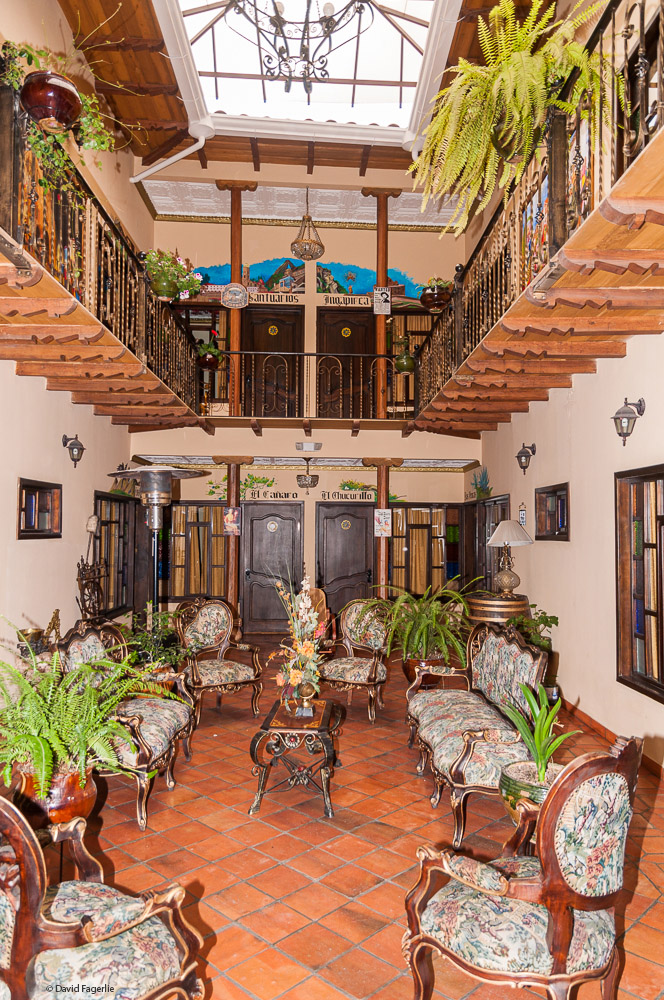
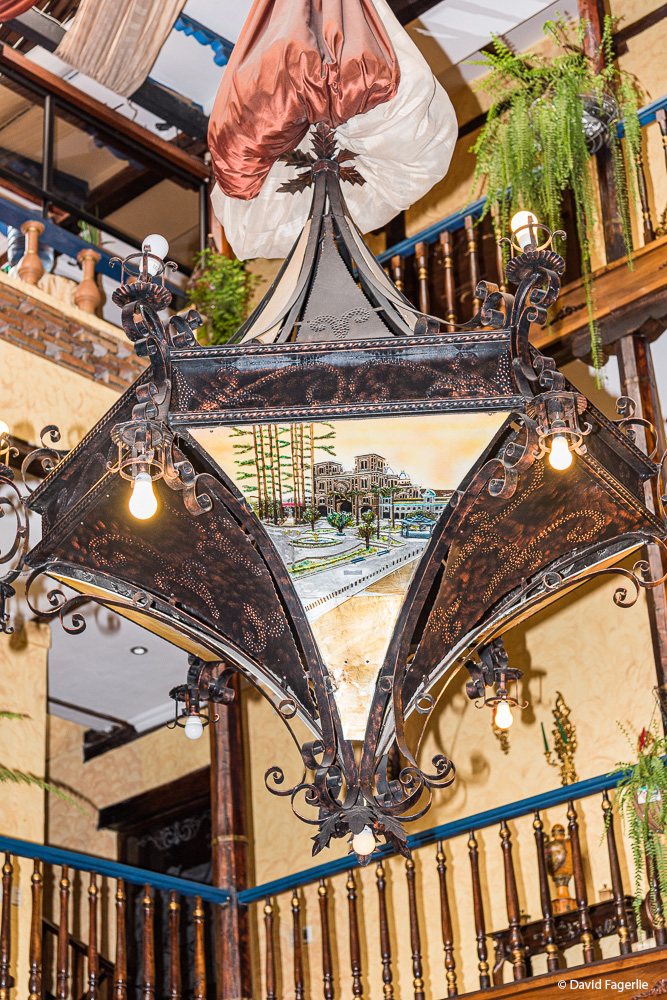
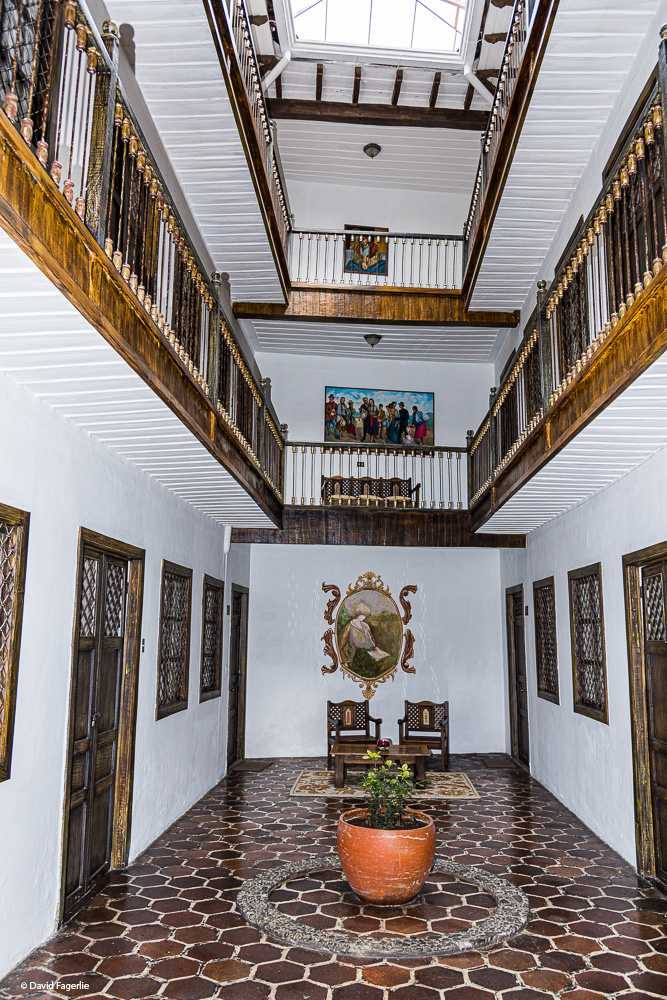

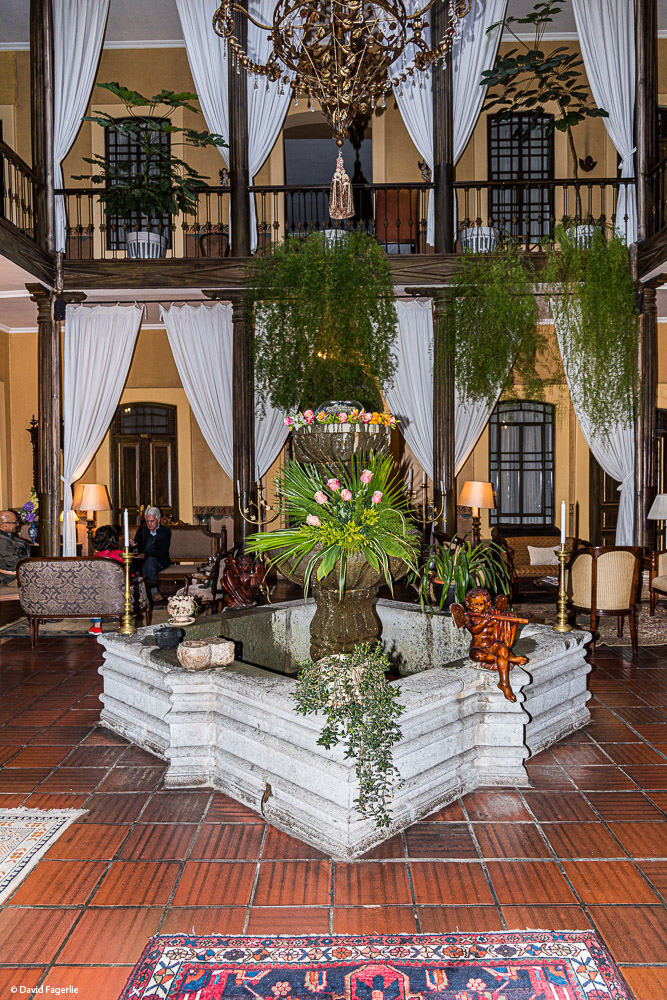
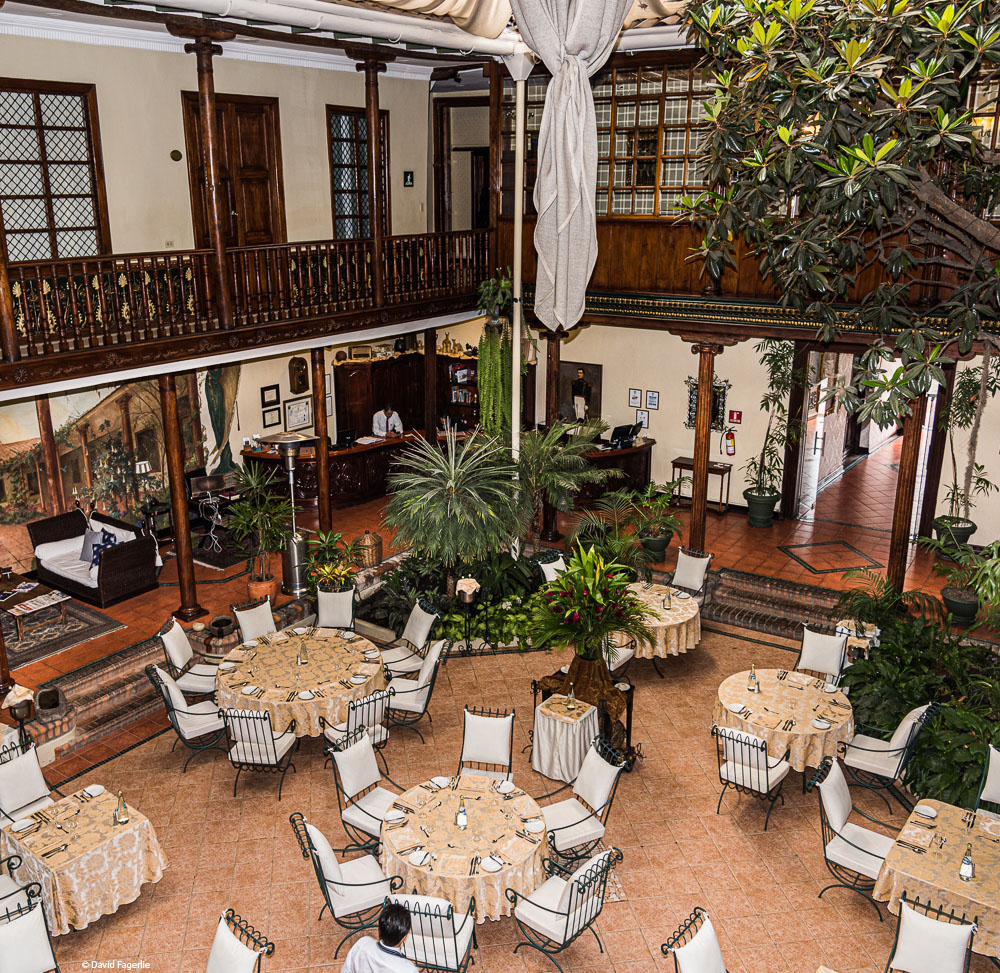
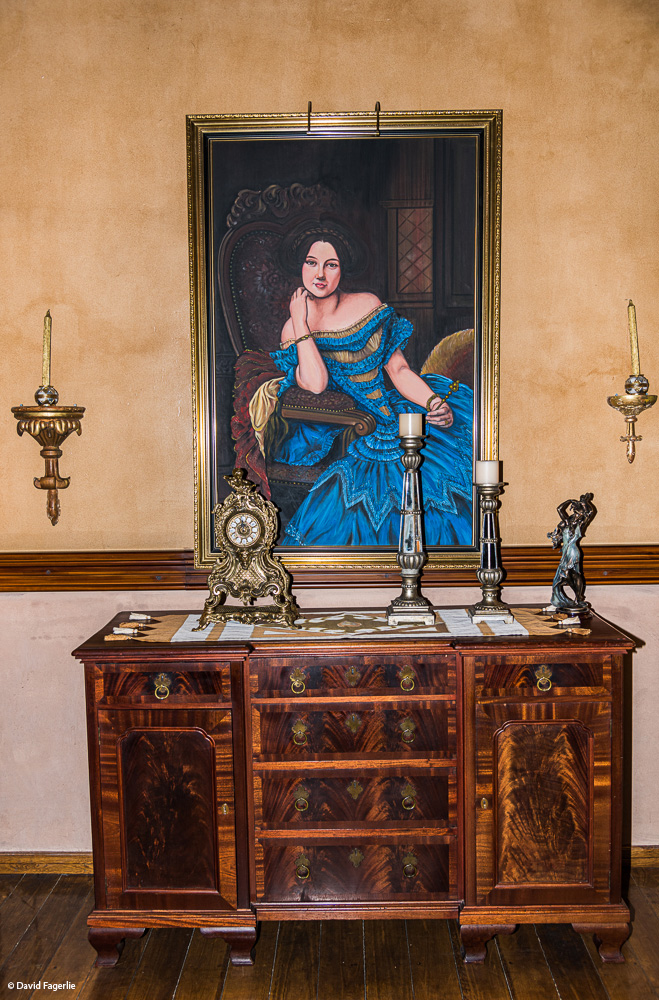
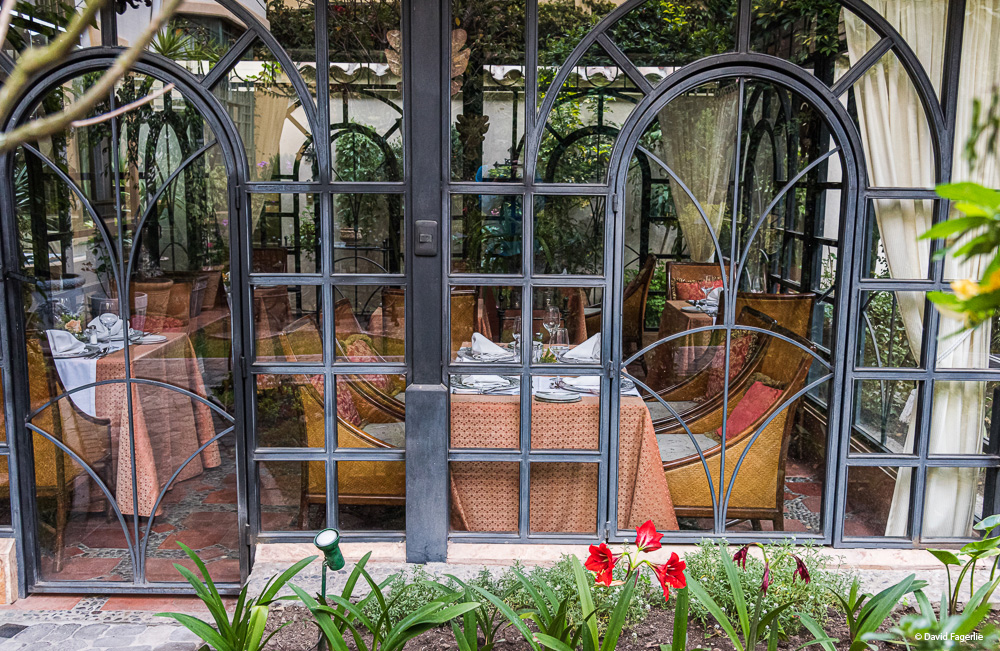
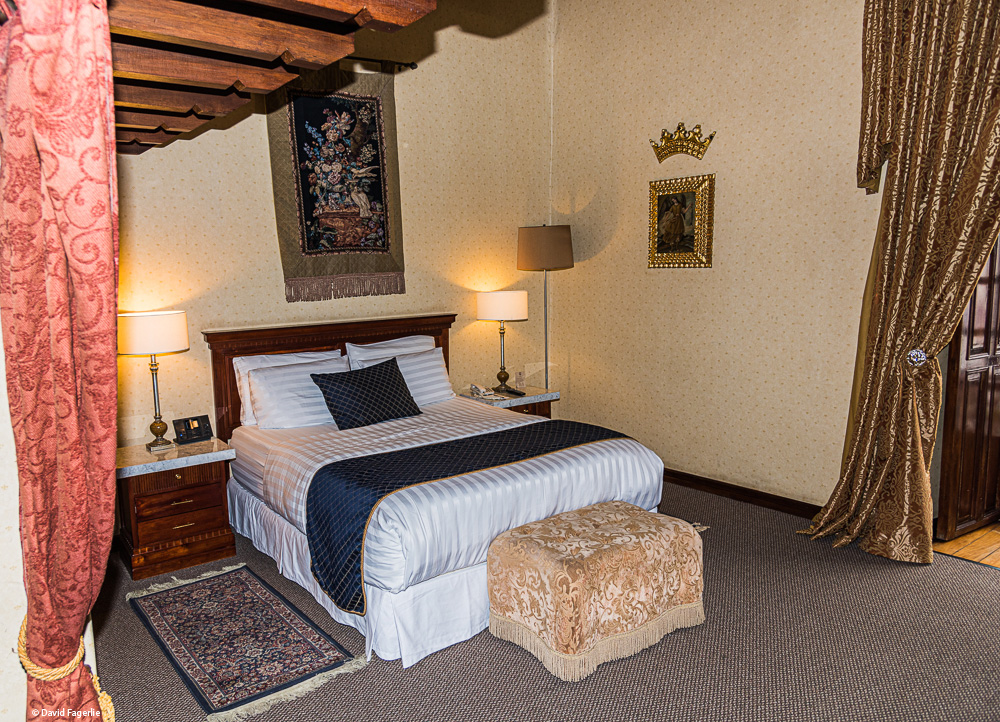
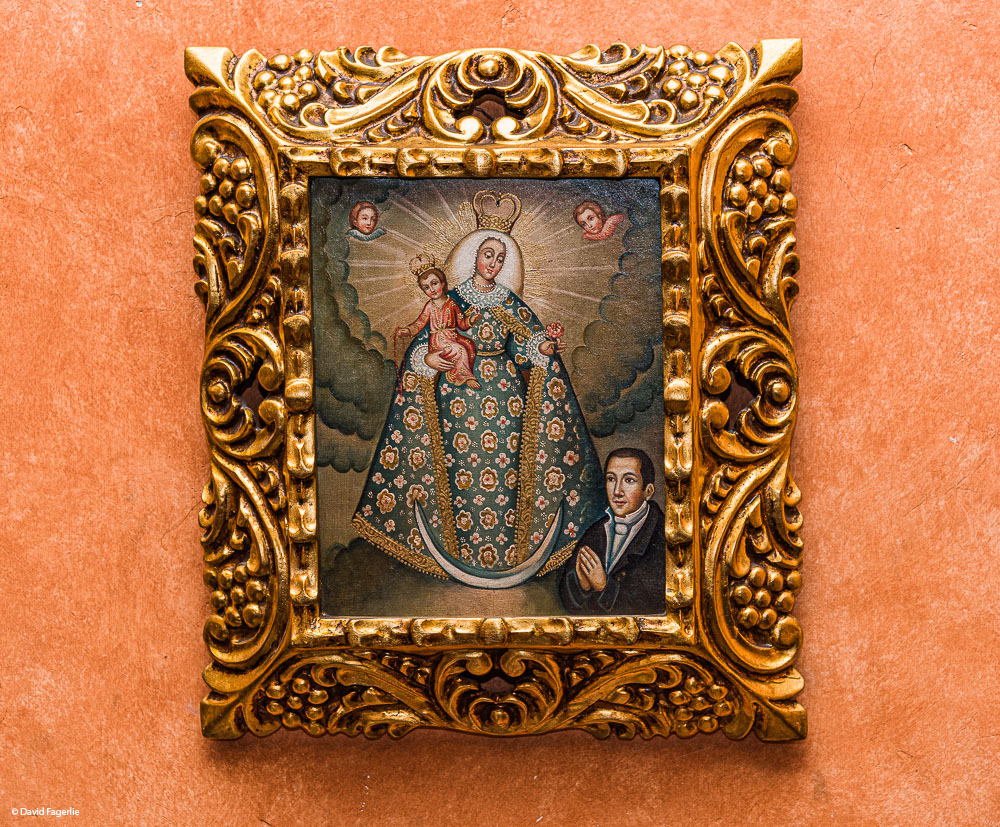
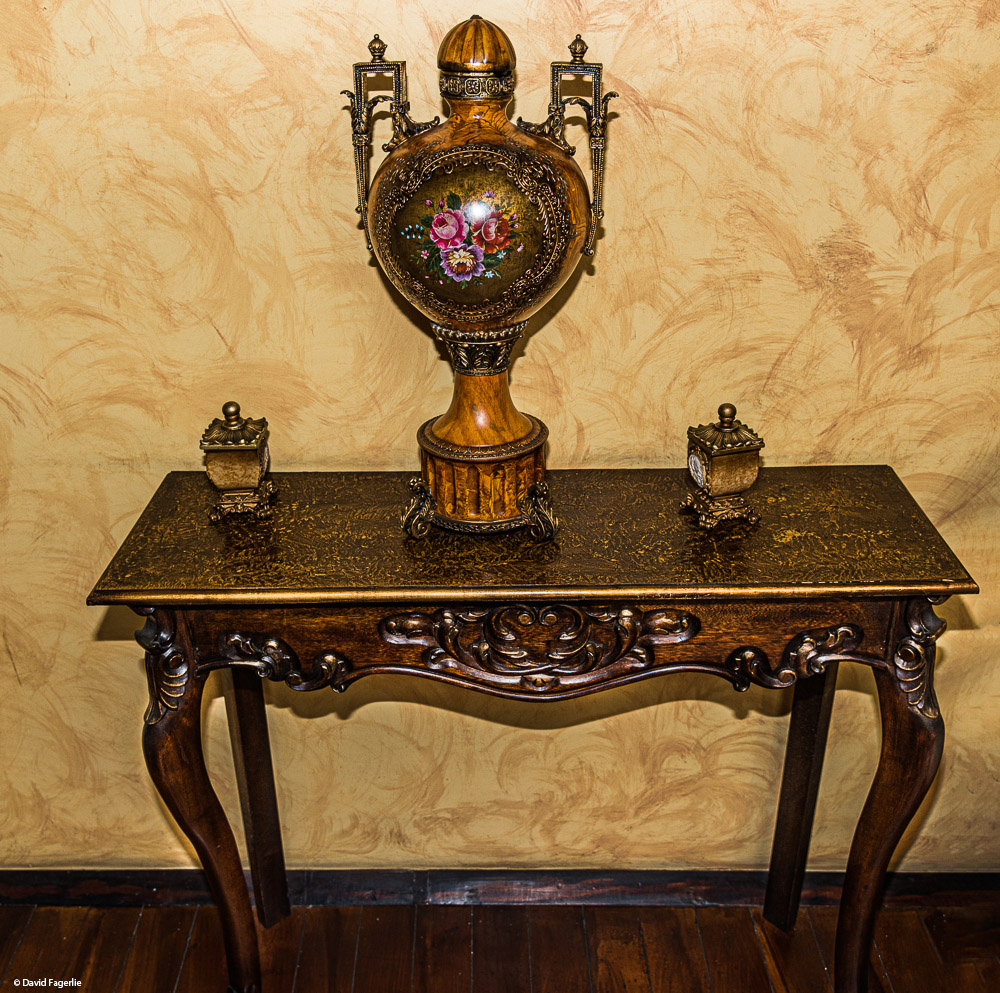
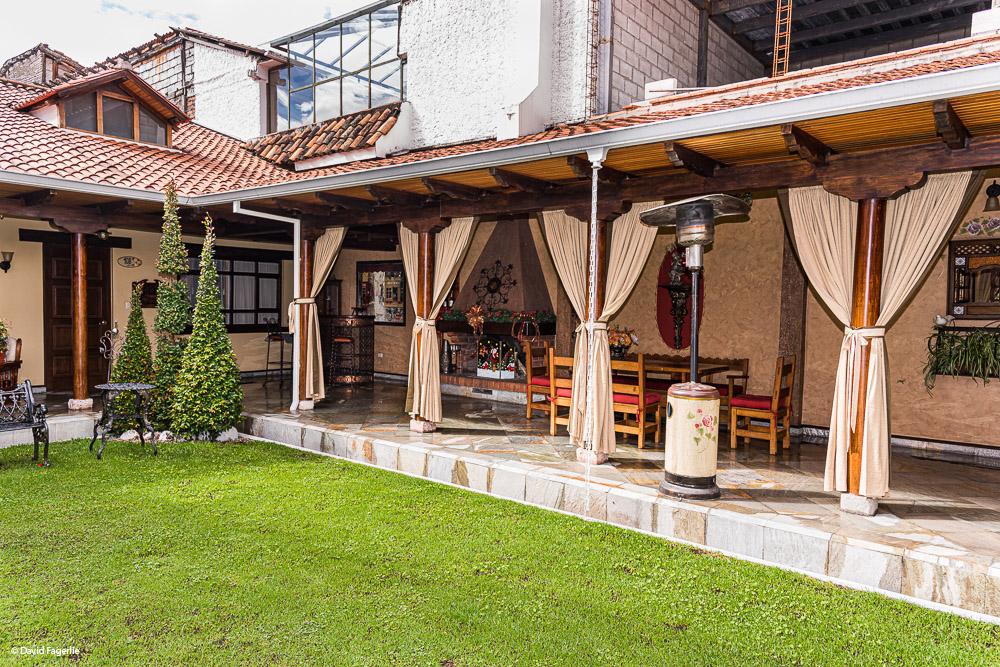
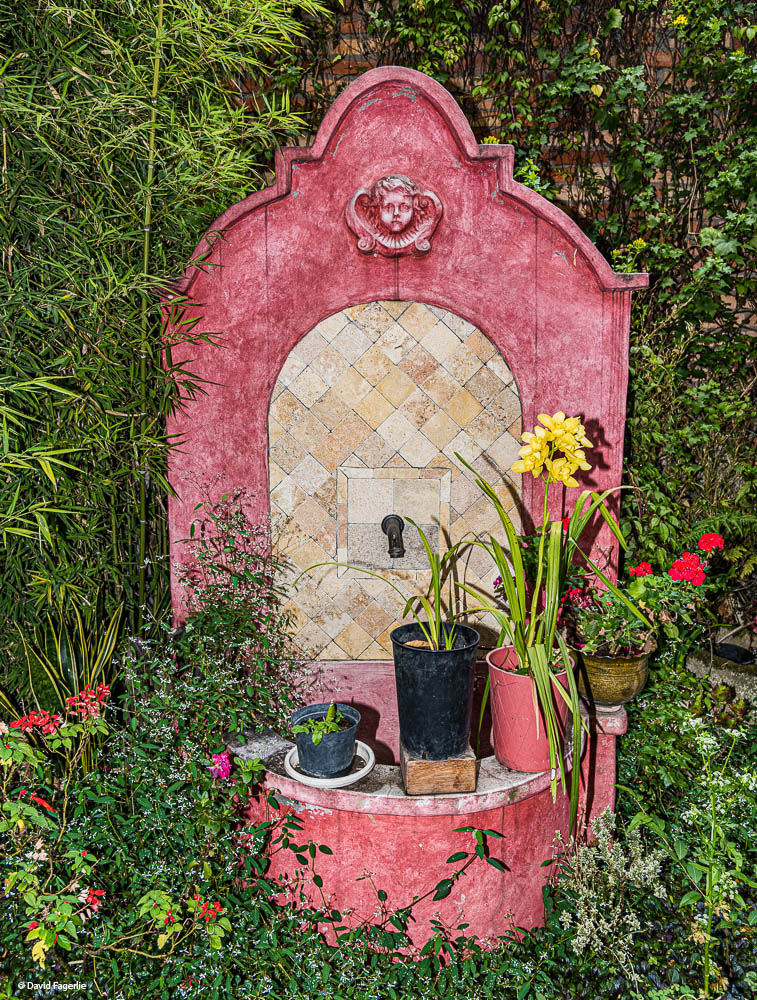
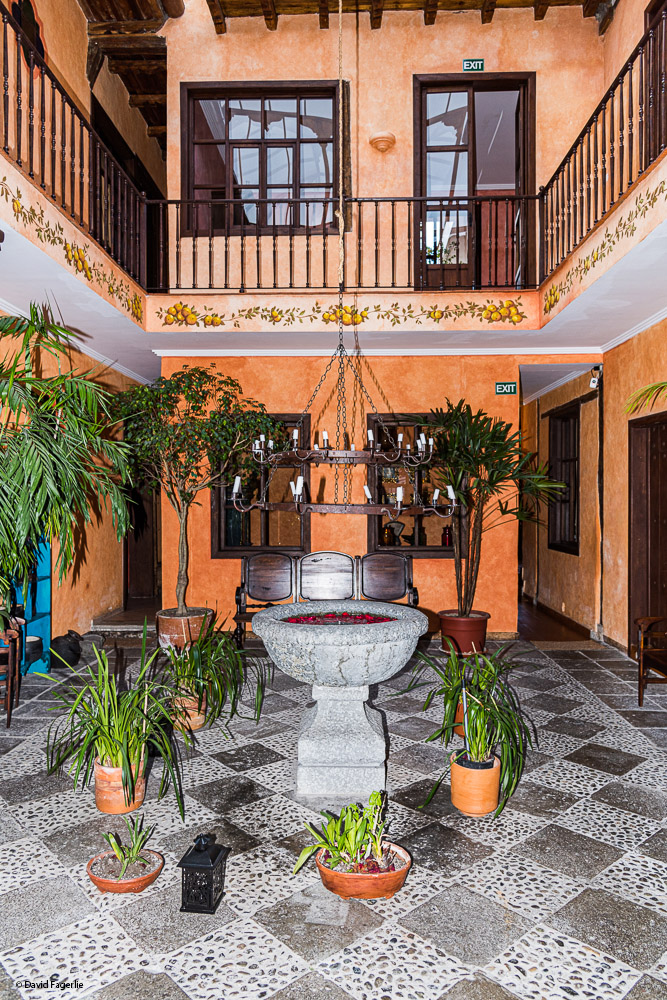
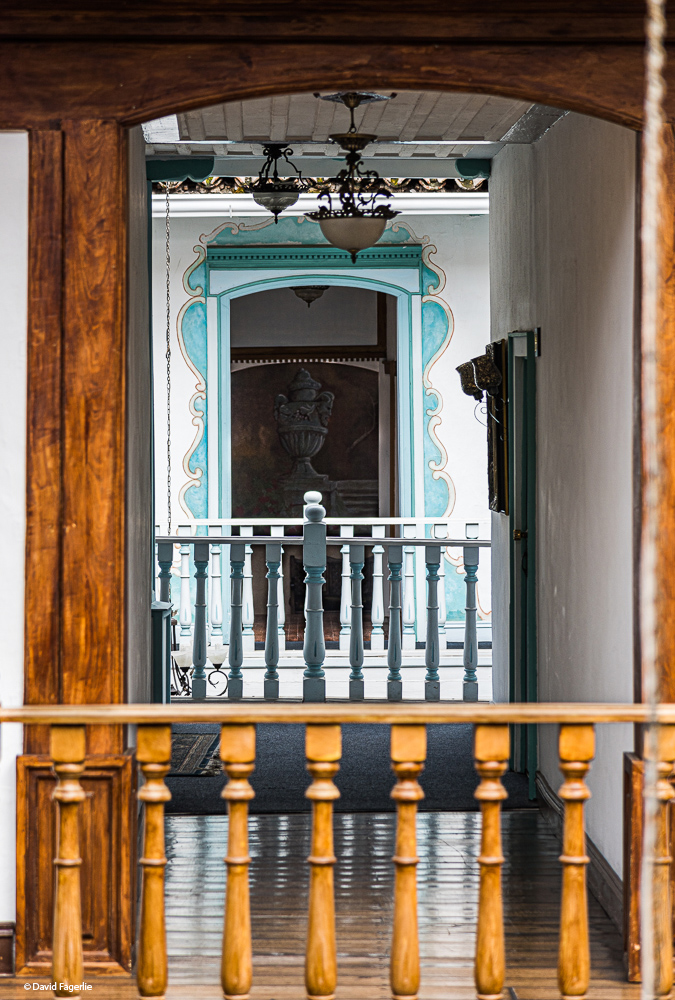
Some of the historic homes have beautiful murals such as the two featured below.
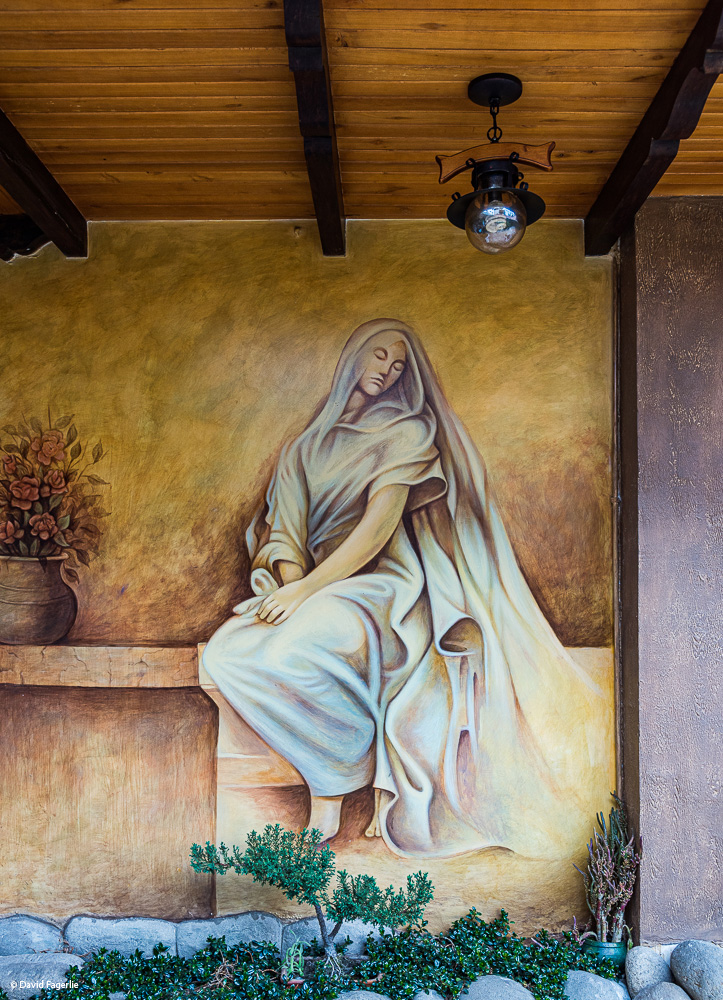
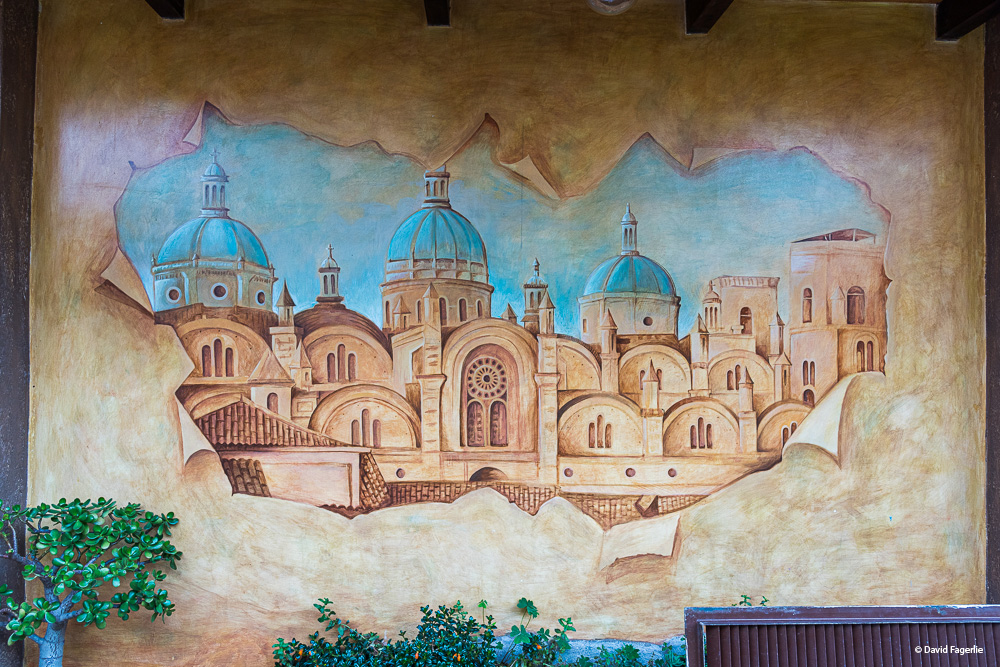
In one of the grand homes, now a hotel, a woman walked in unannounced and asked if she could see her childhood home. Now in her nineties, she claimed to have grown up in the house. Of course, the hotel obliged her. At one point she stopped at a solid colored wall and exclaimed that she remembered a mural. Hotel management pulled off a small piece of paint from the wall and there was colored paint behind it. They had the solid color removed and the mural restored by art restoration professionals. The mural represents the story of the sirens calling sailors to the rocks. In the closeup shot of the left the worried wife looks out to sea hoping to see her husband. In the closeup of the right the siren calls, hoping that the fisherman will be her next victim.
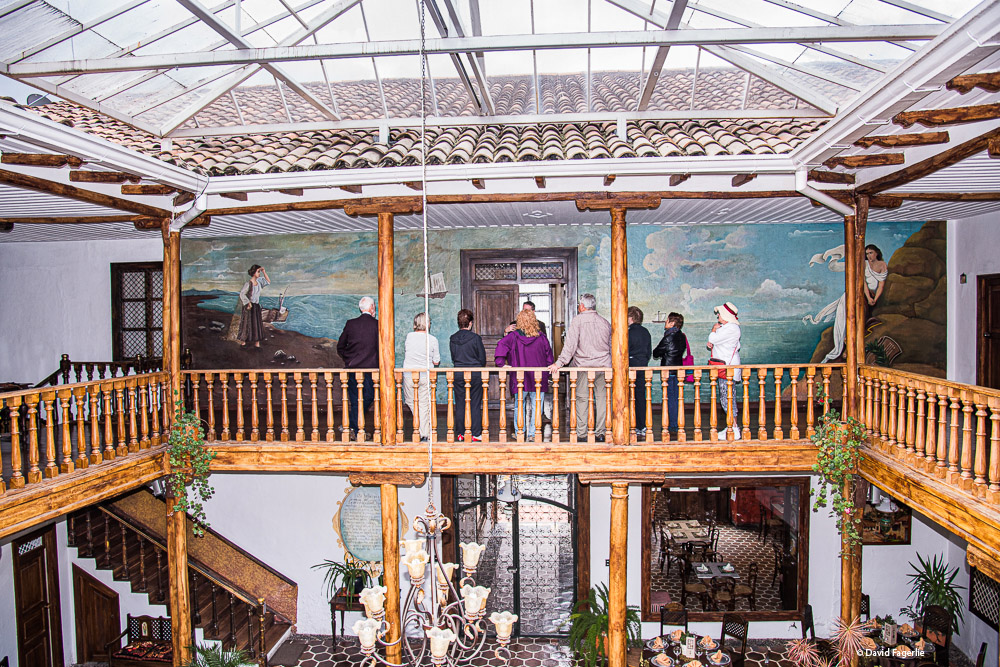


One of my favorite buildings in Cuenca is the Provincial Court of Justice.
"The architectural style of the Provincial Court of Justice is classic French style, it has a marble cladding on its walls. ... It was built in 1929 for the operation of the first university in the city (the Universidad del Azuay). Its architect, Francisco Espinoza Acevedo, designed it inspired by the classic French style. The marble with which the walls are covered was brought from an area near the city and polished in the mills of the Tomebamba river.
The beautiful polychrome brass ceilings are striking inside. The University of Azuay (current University of Cuenca) operated in this building until the 1960s, after which the building was occupied by the Superior Court of Justice. Currently the offices of the Provincial Court of Justice operate in this building." – Go Raymi
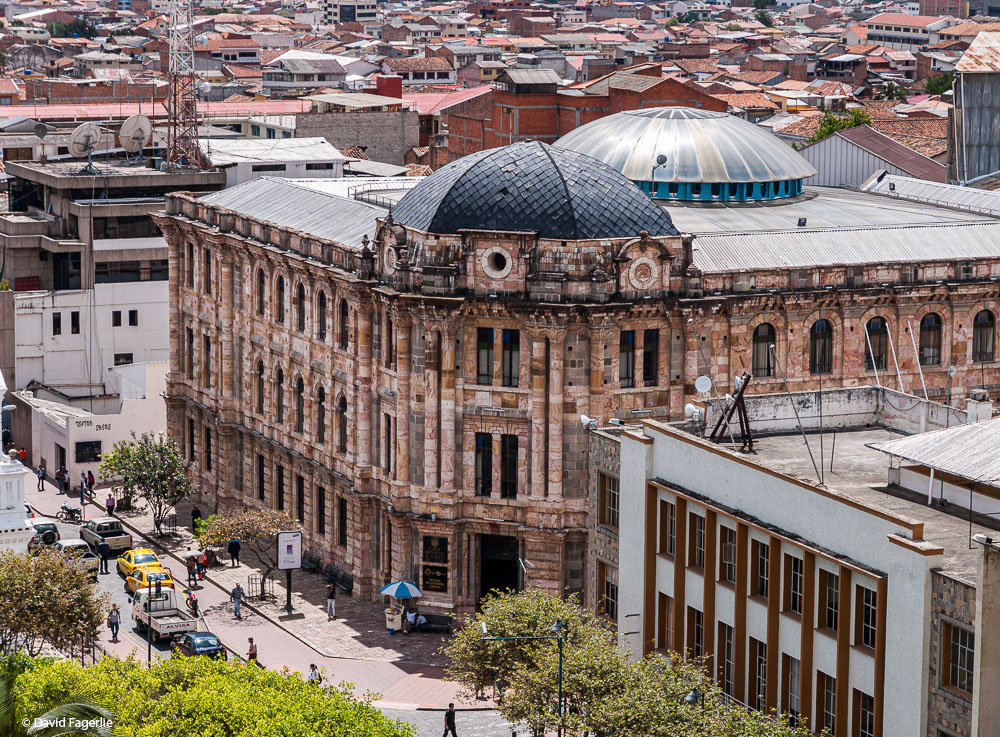


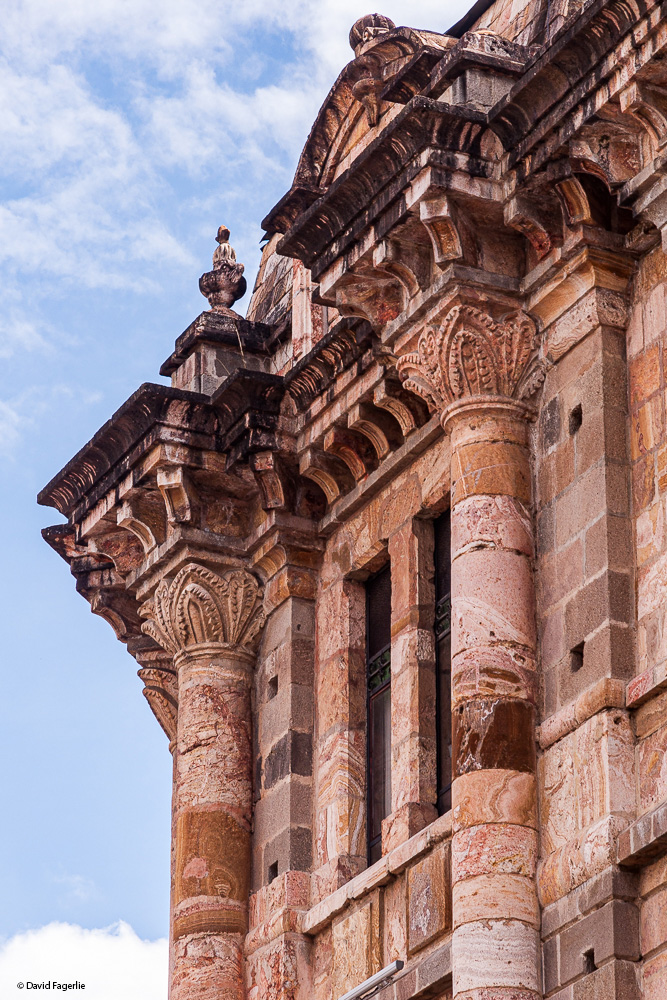
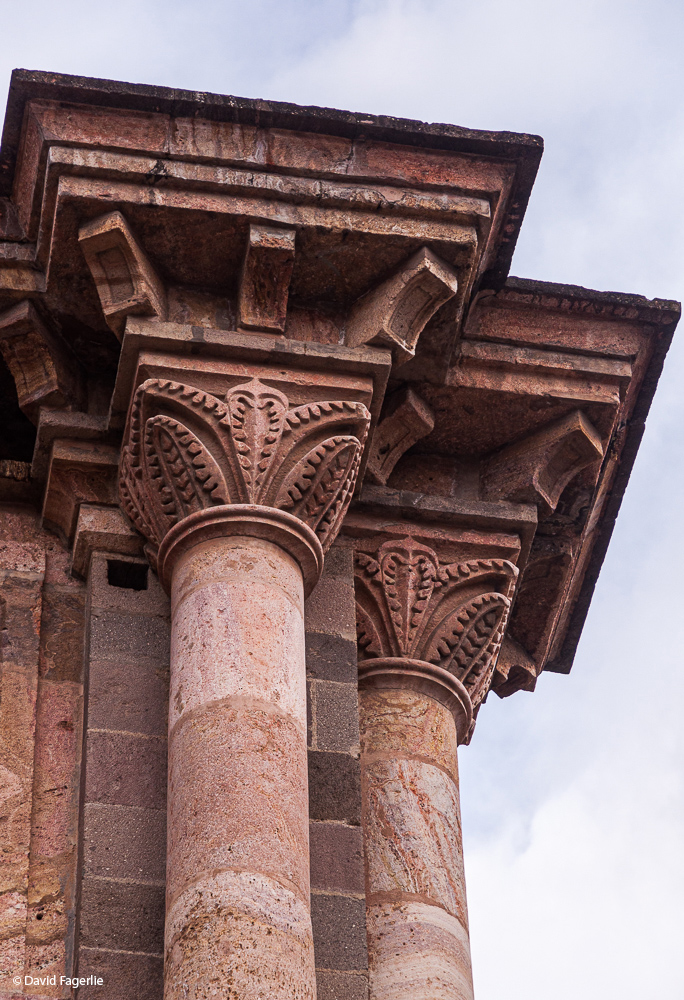
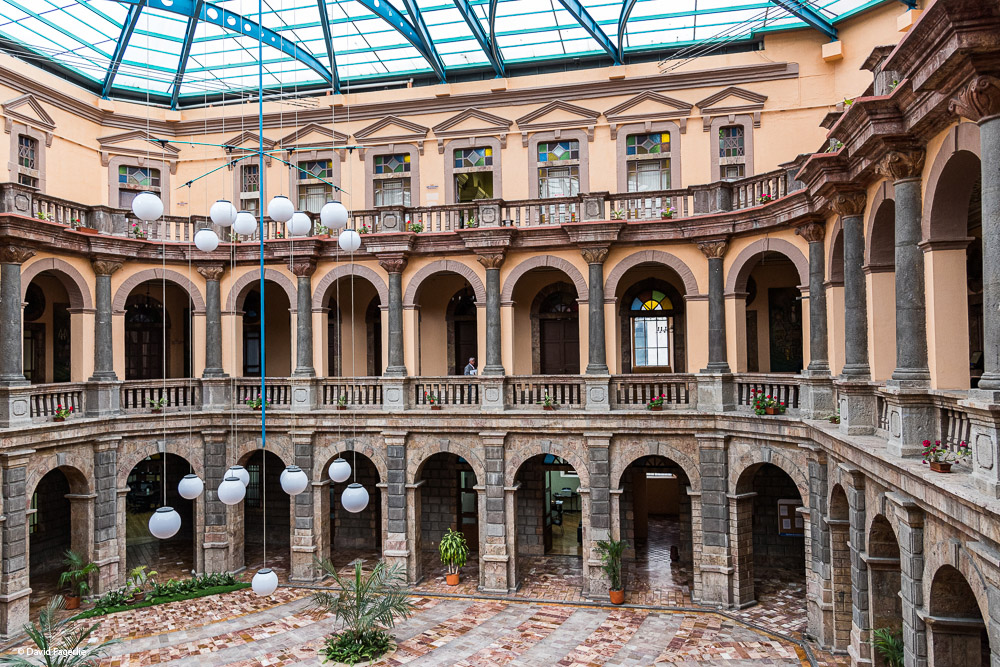
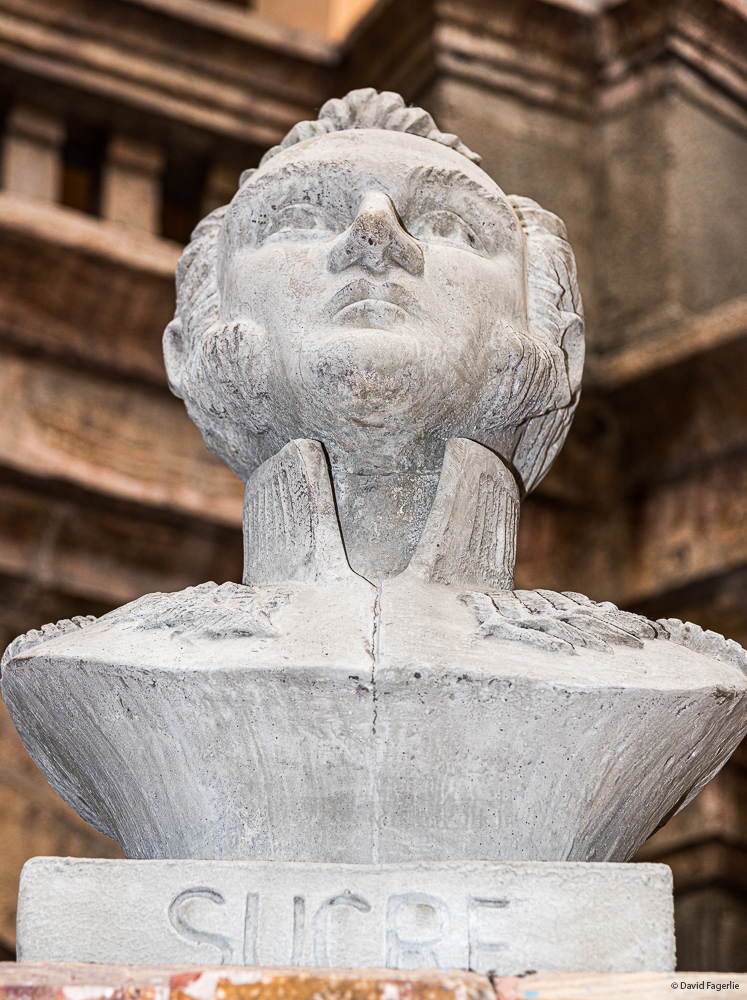
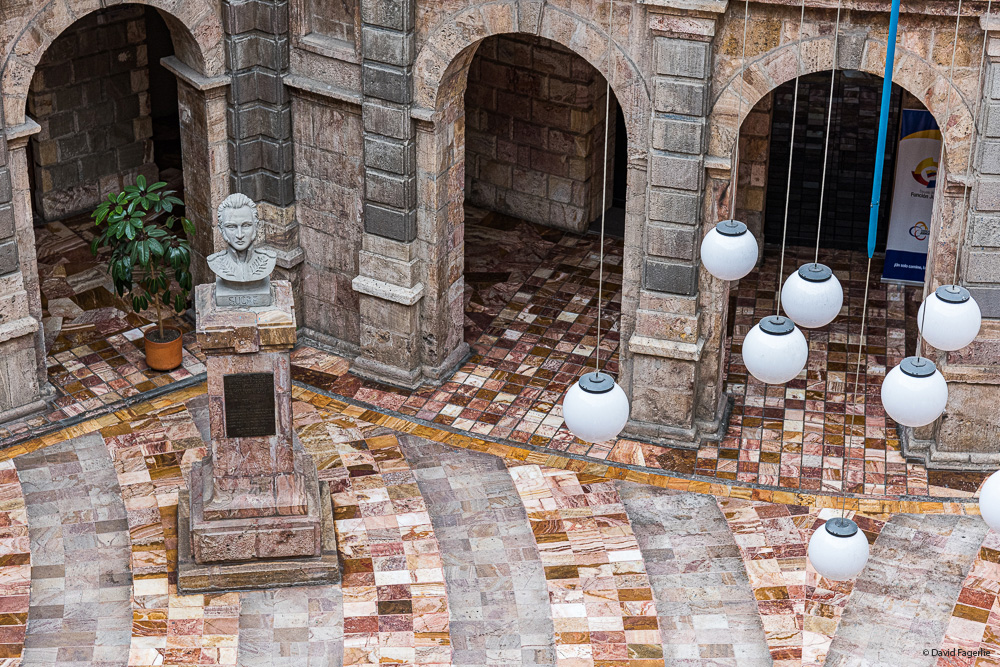
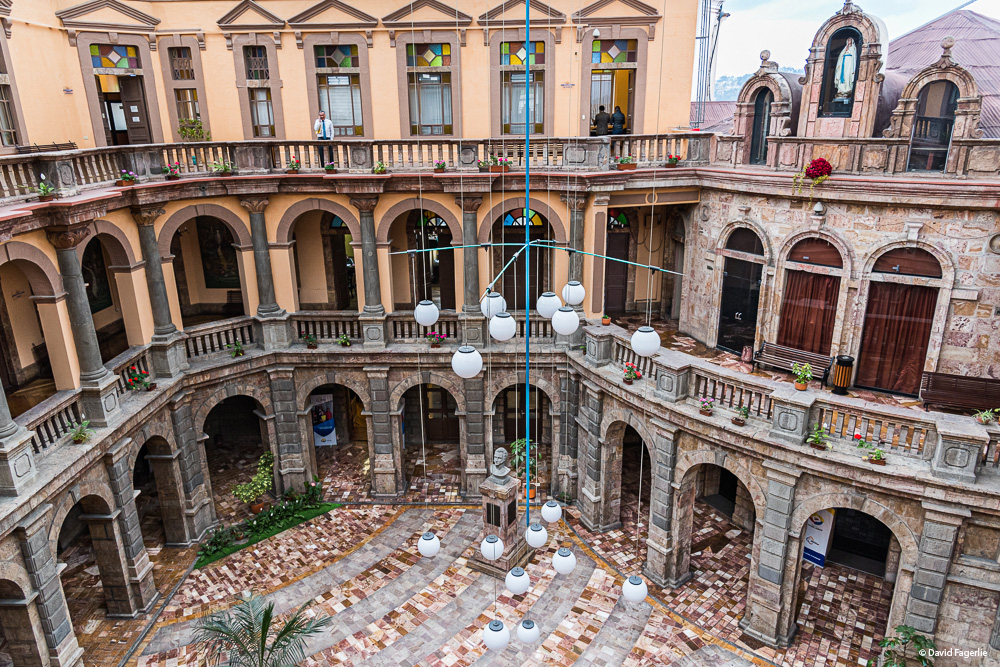

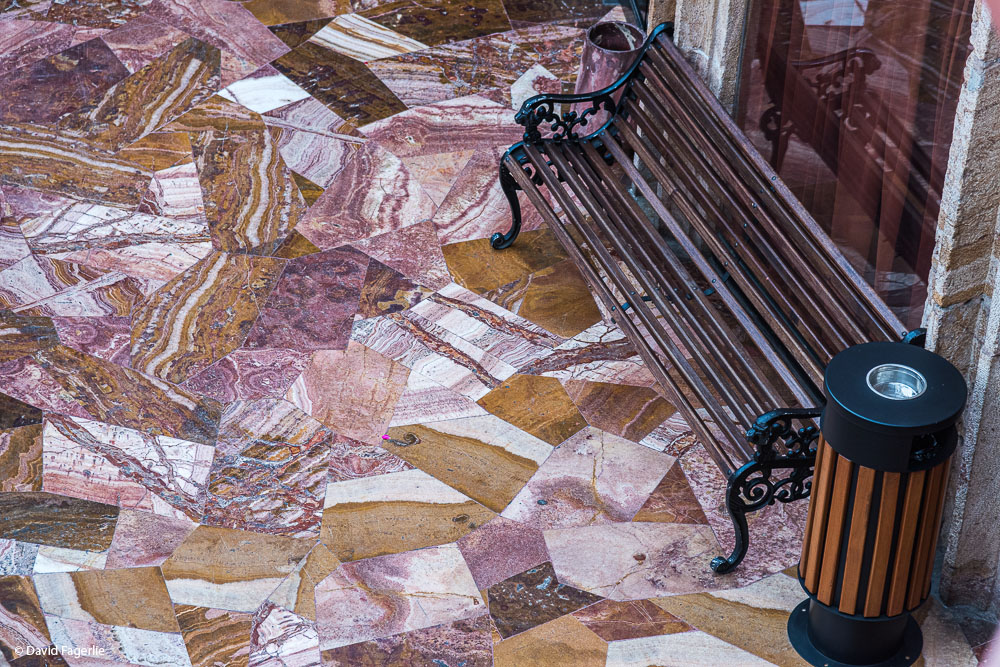
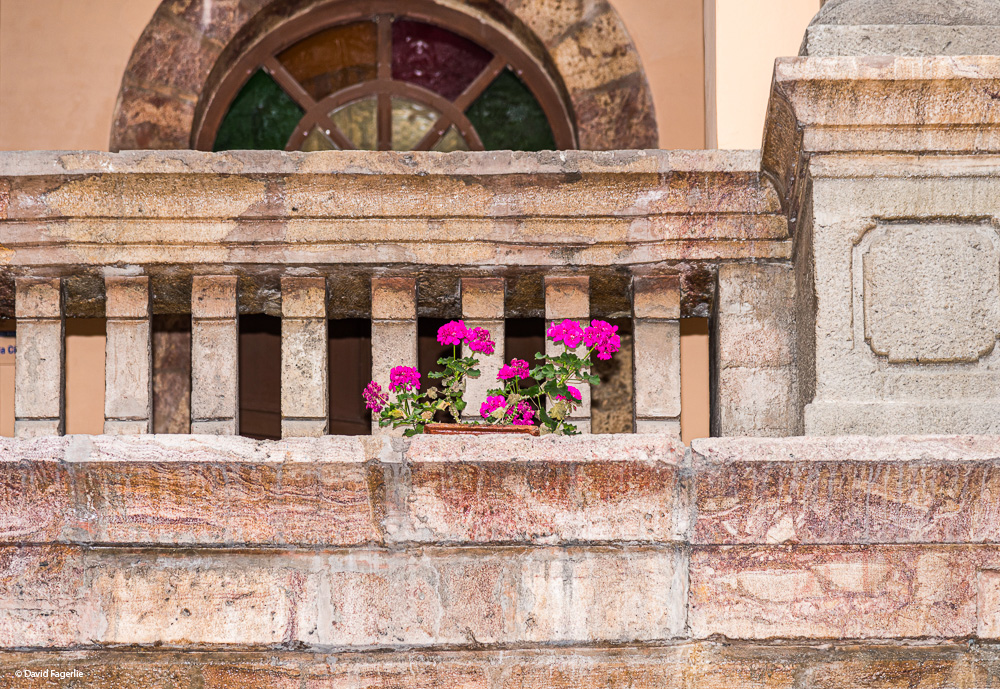
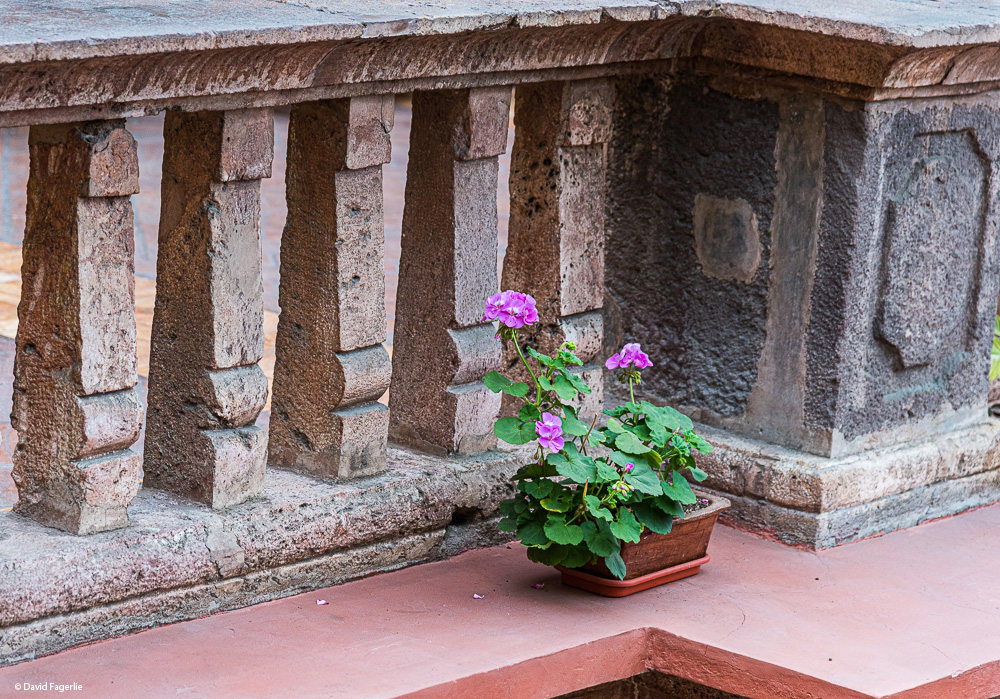

A slide show of higher resolution photos from this chapter is available by clicking HERE. (On a computer, remember to click on the first photo to start the show then use arrow keys to go from one image to another. You can click on the square icon in the upper right corner to enjoy the photos in full screen mode. On tablets and smart phones swipe to change photos.)
Next week we take a look at art in Cuenca.

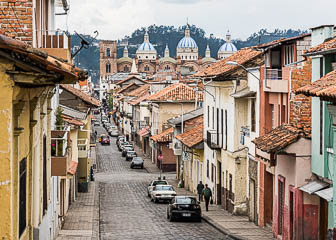
August 02, 2021
Chapter 5: Art in Cuenca, 1st Course